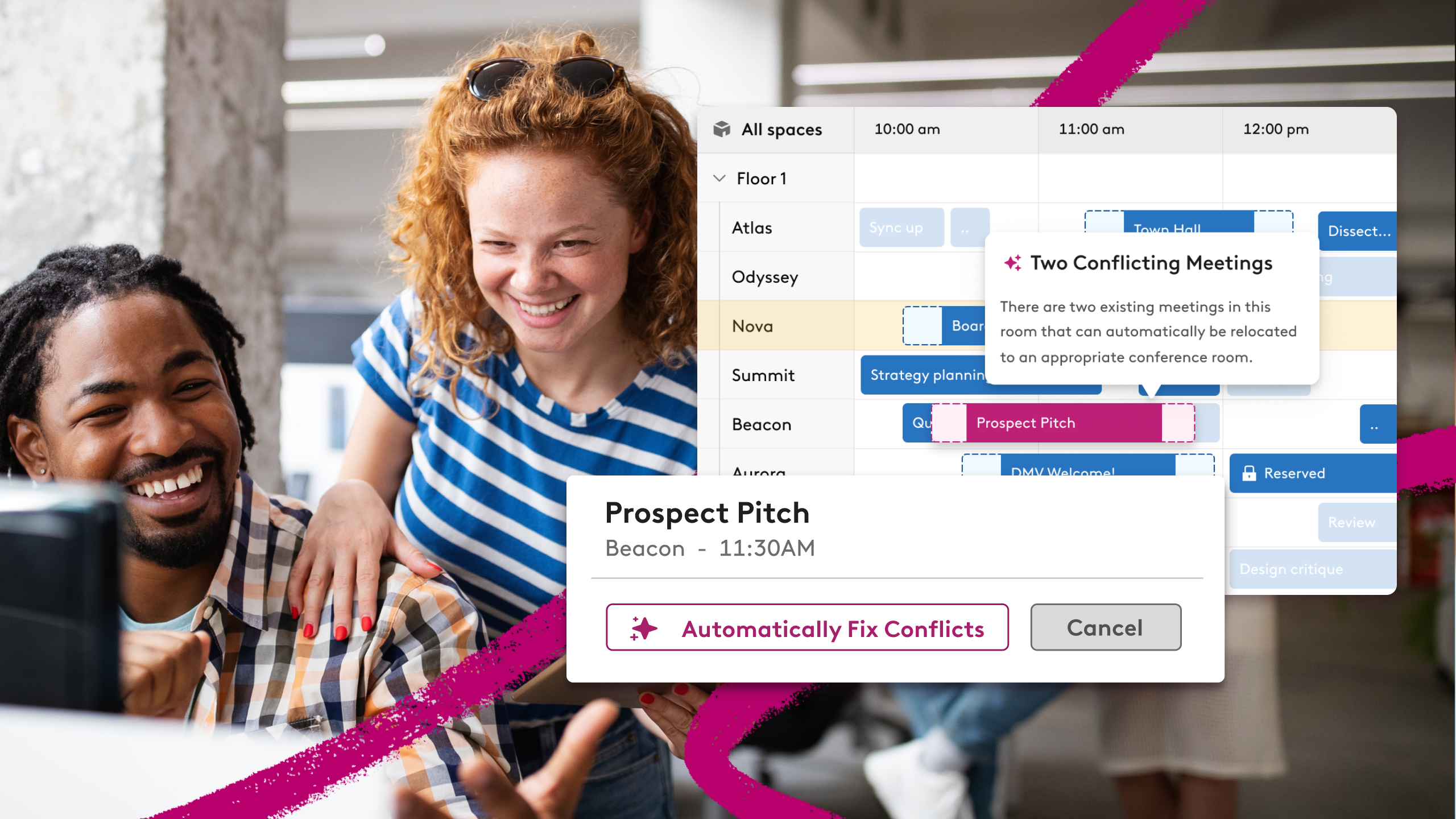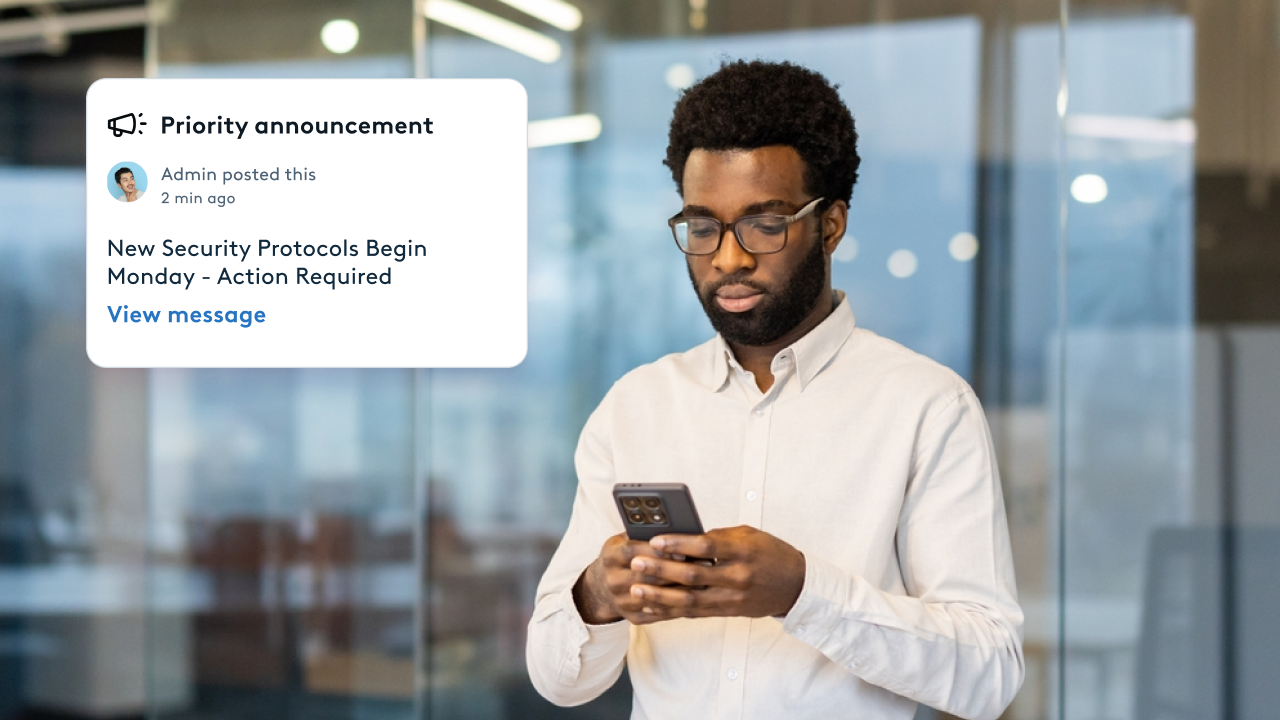7 Tips for Office Managers: Catering without the Chaos

Seems everywhere you turn these days, food perks and corporate catering are making headlines as a way to encourage a return to office. According to a Fooda survey, 81% of employees agree that the availability of food options in and around the workplace greatly influences their eagerness to be onsite.
More specifically, The Lunch Report 2023 shows that 67% of hybrid workers say free lunch would impact their decision to work onsite. That number grows to 83% for Gen Z workers. Another study found that 82% of Gen Z and millennial workers are advocating for employers to offer free or subsidized meals.
67% of hybrid workers say free lunch would impact their decision to work onsite. That number grows to 83% for Gen Z workers. (The Lunch Report 2023)
Plus, 53% of those surveyed for The Lunch Report say they have more mental clarity when they stop for lunch and 78% say taking a lunch break improves their job performance. Add to that the opportunity for employees to connect over a shared meal, and it’s easy to see why corporate catering appeals to employees and workplace leaders alike.
Knowing this is a proven way to incentivize more employees to spend time in the office, you are smart to consider office catering system. Whether you foot the bill for in-office breakfasts or lunches, you’ll be setting the stage for higher productivity, more collaboration, and greater camaraderie. The same is true for large enterprises and small businesses alike.
If you’ve been tasked with office catering management for your company, read on for helpful insights and tips on what to consider when fulfilling catering requests – and how to streamline operations.

What Are Top Challenges With Office Catering Operations?
Deciding to cater breakfast or lunch is one thing. Streamlining the office catering process is another. And while employee productivity is important, so is the productivity of office managers. Since efficiency is a big part of the equation, let’s explore common friction points associated with office catering and event planning.
Budgeting. While more companies are accounting for catered meals as part of their employee perks, not all departments or finance teams have earmarked budgets for this benefit. If that’s the case in your company, you may need to pay for these lunches using funds allocated toward other line items. If you’re managing office catering across multiple departments or teams, this exercise could get frustrating.
Tallying headcounts. If you are planning a catered meal for a small office or team, you can easily figure out how many breakfasts or lunches to order by sending out a group email. Or, you could use survey software. Once you start ordering catering for multiple teams or offices, the tallying process quickly gets complicated – particularly with fluctuating numbers of employees in the office.
Understanding preferences. A closely related challenge is finding out people’s food choices – especially if you are planning to order an assortment of options rather than let employees submit individual orders. We're not suggesting you become an expert at menu management, but getting a sense of how many people have special dietary considerations – such as vegetarian, vegan, and kosher – or food allergies is critical to satisfying preferences and avoiding waste.

Incorporating remote workers. While you might be pushing office catering as a way to draw employees into the office, that return might not be possible for some employees. Whether they live too far from the nearest office, are suffering health issues, or have another valid reason for working from home, they might feel overlooked if they don’t get to take advantage of this perk. They want to be considered catering clients on par with your in-office employees.
Submitting orders. Timing and accuracy are critical when placing a catering order. You need to know the ordering time frames for the catering companies you have chosen. Ideally you don't want to be making multiple phone calls to place orders and handle delivery management. And you want to make sure you’re ordering precisely what your employees want. Get this wrong and you’ll be dealing with hangry employees.
Reserving space. Venue management is always a top concern when it comes to operations. Even if you are taking food orders for a relatively small team meeting, you might need to set aside space for their breakfast or lunch gathering. Obviously, the space requirements increase as you cater meals for a larger number of employees. Whatever size space you need, you want to make sure it’s available when needed and equipped with everything to ensure an enjoyable, stress-free gathering.
Submitting invoices. Say you pay for office catering using a corporate credit card, but need to charge each department for their orders. That means you might need to submit individual invoices to each department. If those catering orders start happening regularly and frequently, you could find yourself administering a lot of paperwork to make sure the right people are paying for those meals!

How to Improve Workflows for Catering Events
Now that we’ve covered common challenges, let’s go over some surefire ways to smooth your office catering process.
Placing orders. Make this task as easy on you as possible by starting out with catered meals that come with a variety of options to suit every palate and preference. By keeping track of what foods get regularly consumed and which are left over, you can make smarter choices and reduce waste.
Once you feel comfortable with the ordering process, consider presenting the list of go-to choices – maybe with a few special menu items thrown in – and allow people to order custom breakfasts or lunches. Over time, you’ll get a strong sense of the meals that work for each employee, allowing you to handle online ordering even when someone isn’t available to make their selection.
Before you place your first order, though, vet a few local and highly-rated catering businesses in your area. Sample their food, understand their ordering process, and ask how they can simplify the catering process for you. For example, a local catering company might offer online catering software, catering management software, or catering software programs you can use. They might even provide catering services that take alleviate you of some legwork. With so much competition for corporate catering these days, they will likely go out of their way to exceed client expectations and ensure customer satisfaction.
82% of Gen Z and millennial workers are advocating for employers to offer free or subsidized meals. (The Lunch Report 2023)
Gathering headcount. Instead of trying to understand how many people to order for on a given day by asking them to “raise their hands” via email or a survey, you can greatly simplify the process. With the right software solution, you can get a view into who is in the office without requiring anything of employees.
Feeding remote workers. A great way to include out-of-office employees is by giving them a meal stipend, signing them up with a home delivery meal service, or equipping them with localized catering apps. With access to nutritious, ready-made meals, remote workers will save time they would otherwise need to carve out to prepare breakfast or lunch. Plus, they get the fuel their bodies and brains need. And, if they are calling into a virtual meeting with in-office employees who are enjoying a catered meal, they will feel like they are part of the gathering.
Handling finances. If a food perk line item isn’t already in place, collaborate with your HR and finance departments to make this official. That step alone can greatly improve the budgeting and invoicing process. Until that policy is official, ask finance to suggest the simplest way to handle budgeting and invoicing in the meantime. As the experts, they can likely recommend an approach that is simpler than one you might come up with.

How to Leverage Office Catering Software
As alluded to above, the right software can help you manage some of the key workflows associated with office catering. If you aren't using a dedicated catering solution or event management software, – a workplace experience platform can help. Here are some examples of the key features that can help you better manage events.
Easily understand headcount. Using workplace analytics, you can see how many desks, office spaces, and meeting rooms are in use regularly and reserved for future dates. Combined, these insights into occupancy provide a solid baseline for headcount.
Reserve rooms. Say you need to reserve a single conference room for a large lunch-and-learn. Or perhaps you need to set aside more than one meeting room for multiple team meetings on the same day. Maybe you want a large open space to host an all-company catered meal. Whatever the requirement, you can handle this with ease using room scheduling software. Pair this with digital wayfinding and you make it easy for people to find their way to the right room, at the right time.
Make guests feel welcome. If you plan to invite guests – such as partners, contractors, or investors – to participate in a hosted breakfast or lunch, visitor management software can help. Such software makes it possible to easily book guests for office visits, track visitors, and ensure they have the information they need to confidently check-in.

Deliver Commute-Worthy In-Office Meals
As companies reimagine both their office environments and employee experiences, they are recognizing the role of food as a way to improve culture, foster in-person interactions, and boost productivity.
Knowing that shared meals drive team bonding – considered the second-most important factor in enhancing the workplace experience – it’s smart to incorporate office catering into your environment. And by watching out for the pitfalls and following the tips we’ve shared here, you can more easily make office catering part of your culture – and drive higher in-office attendance.













